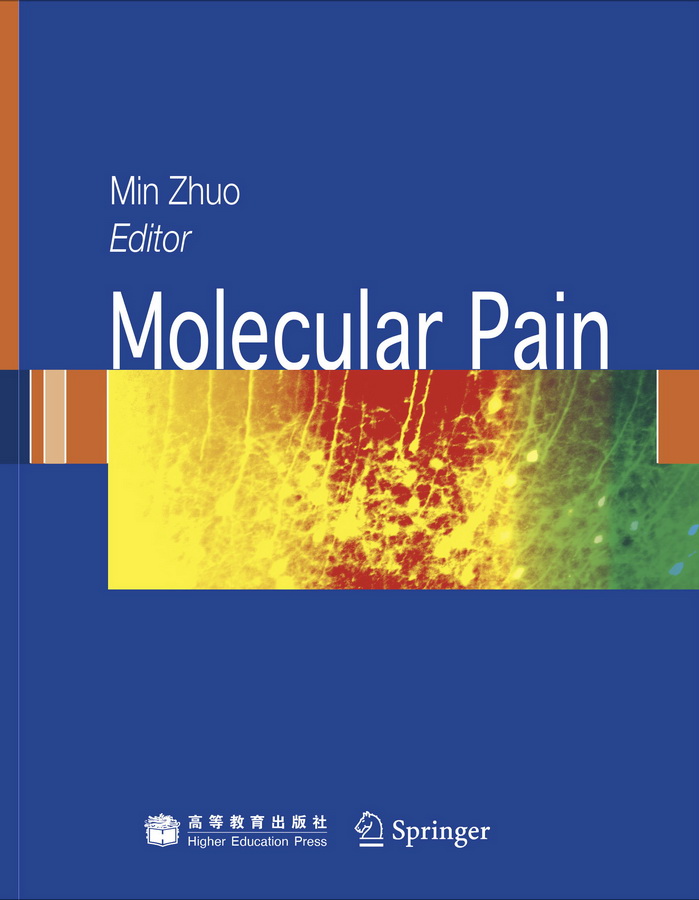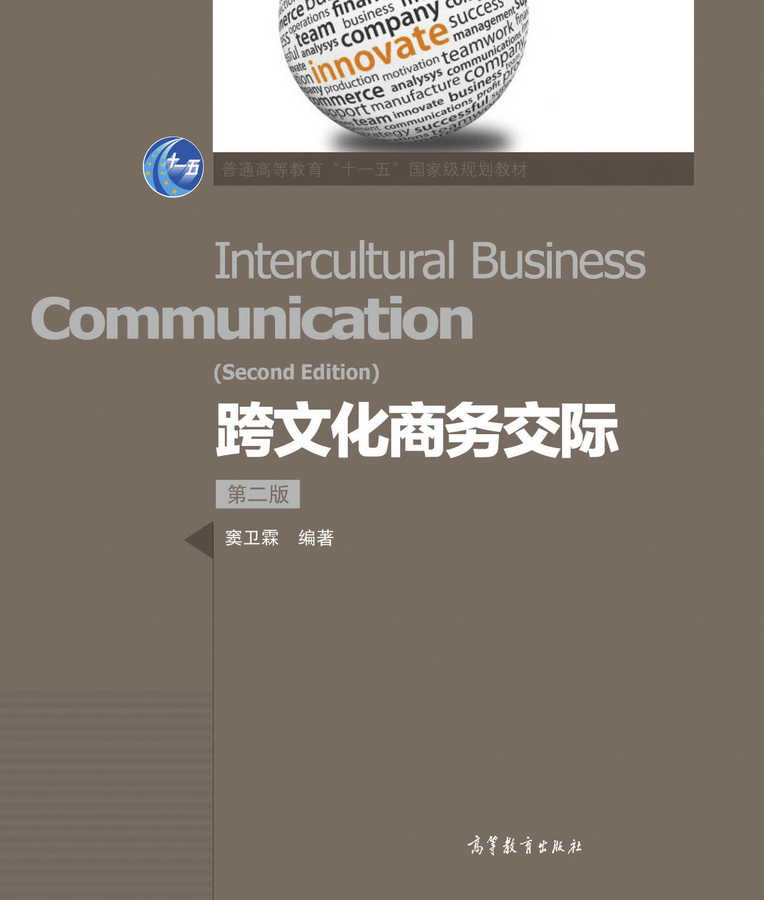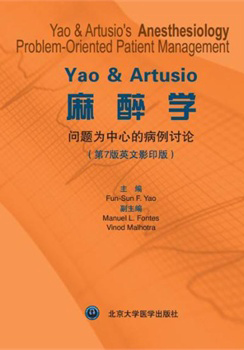Unlike traditional textbooks, this book is edited as a series of topical seminars given by active researchers. The order of chapters is topic related, rather than the traditional layout of the pain textbooks, which is from periphery to the brain, and from basic to clinic. Most of topics are selected based on the recent progress as well as basic discovery at neurobiological levels in terms of our understanding. Many particular areas related to pain and analgesia are not covered, in part due to either the lack of molecular and cellular understanding of the process or the limit space.
Therefore, the readers are encouraged to use this book, together with the classic textbook of Pain (Wall and Melzeck). If necessary, the basic neuroscience textbooks are also recommended including the Prin-ciple of Neural Science (Kandel, Schwartz, Jessell).
Clinical studies are usually well covered in other pain-related textbooks. However, due to the limitation of new translational researches, we did not cover the clinical pain researches. Readers are encouraged to use the textbook of pain if needed.
Considering the rapid progress in neuroscience and pain related researches, the readers are highly recommended to use the PubMed in combination with this book.
The book is designed to teach basic principles for pain while introducing the most recent progress in exploring basic pain mechanism. We will aim at un-dergraduate students (late years), graduate students, post-doc fellows, medical students, nursing students, and clinical pain fellows. Although the book is focused on pain, we would like to also teach the students to use Pain as a model for investigating brain mechanisms.










